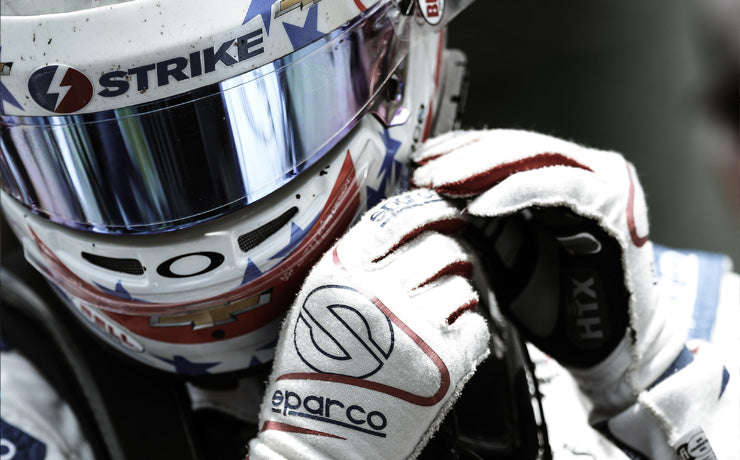
Is it time to consider a containment seat? (Do you know what FHR stands for?)
The conversation of containment seats comes up quite often and for a good reason. A quality containment seat is a critical tool in your safety tool kit. Many drivers grab a HANS or similar head and neck restraint, thinking they are covered. Although just like the seat, your head and neck restraint is a tool in your overall kit.
One of the main functions of a containment seat is limiting the side movement of the driver's head. A lot of head and neck restraints on the market today are fantastic at restricting a driver's head movements in a frontal impact; however, they do nothing for a side impact. That is where your seat comes in. The two of them together create a complete system to keep your head right where it belongs.
"When should you consider a containment seat" is my number one question during these conversations. My answer is simple, if you're considering a head and neck restraint, then it's time to consider a containment seat as well. Going with a full containment seat in many cases is overkill, but a head and neck restraint would also be excess in those same instances.
"Which seat should I get" is the next most asked question I get. Well, this choice is all yours. However, there are a lot of determining factors that will significantly narrow your selection. Sit in as many seats as possible, bonus points if the seat is installed in a car similar to yours. You will quickly find that you only fit well in some seats and that only some seats will fit well in your vehicle. Being a Miata guy, I feel for you. I really do. But even in the smallest chassis' there are options, though you might need a hammer. Keep reading, and I will share some of my favorite seats!
OMP HTE-R and HTE-R 400 (The 400 has a narrow upper for small cockpits) - I have installed several of these seats and have always been impressed by the overall build quality. Like the rest of the OMP offerings, it's hard to beat. The HTE-R 400 became a favorite of mine for installing into Spec Miata's. The narrow halo design aids in mounting the seat low and further back due to the additional roll cage clearance. The OMP HTE-R line is excellent for drivers with a roughly 35" waist, this isn't a rule, but it will give you an idea of the ideal driver size for them.
Sparco Circuit (Circuit 2 is just a wider version) - The Sparco Circuit is likely my favorite containment seat, and it will most certainly be what I install into my car to replace the current Sparco Pro ADV. The Circuit is extremely deep, and the halo gives you the warm and fuzzies because it's just in the perfect spot. The Circuit is not the smallest seat; if you have a tight cockpit, consider how much effort you're willing to go to for the perfect seat. For you Miata lovers, this usually means dropping the floor and cutting the tunnel. As for sizing between the Circuit and Circuit 2, the two is 30mm wider at the hips and 50mm wider around the rib area. That means I, with a size 30 waist, fit almost perfectly. The image below will give you an idea of the other size differences.

Sabelt X-Pad - The Sabelt X-Pad is a crazy compact package that is relatively new to the market compared to the other two. I have only installed a few of these, but the small size makes it so simple to fit. I am talking about a no-cutting containment option that will bolt into a Miata. Also, just because it's the most compact containment seat doesn't mean it's too small for a driver. I would say the seat best fits drivers with a waist between 31" and 35". The X-Pad also incorporates a unique modular pad design. You endurance teams looking to cater to multiple drivers, make sure you check this out; it could be the perfect option you've been looking for.

If you thought I forgot, FHR stands for frontal head restraint, meaning something needs to keep you safe from all angles. Make sure to include your seat into your planning.






